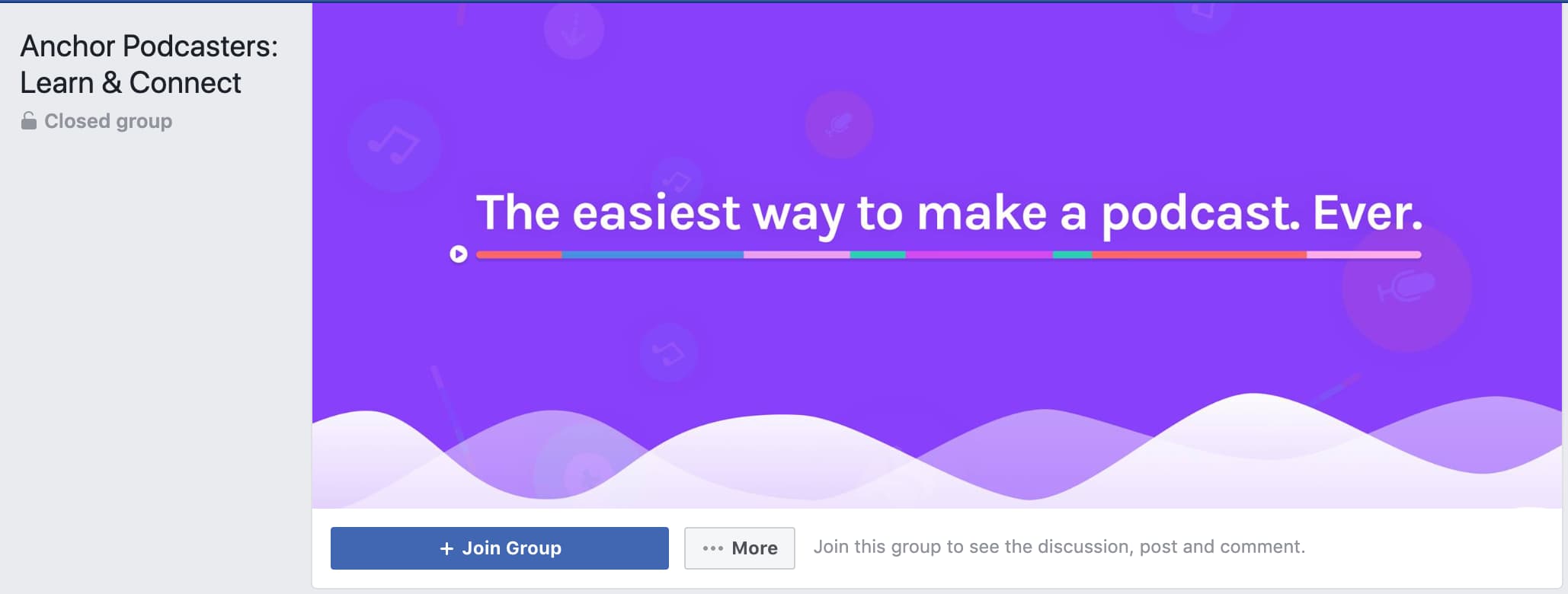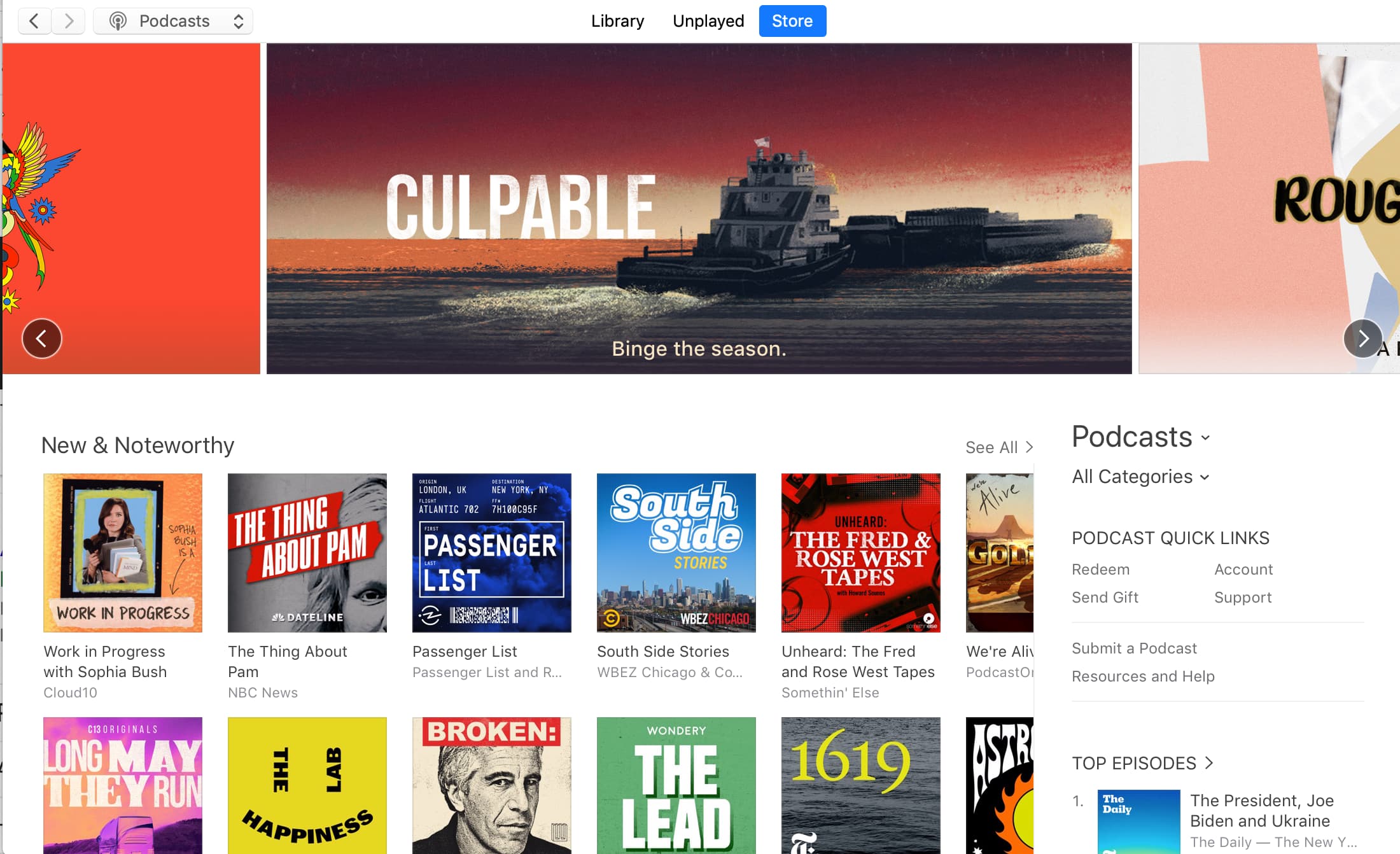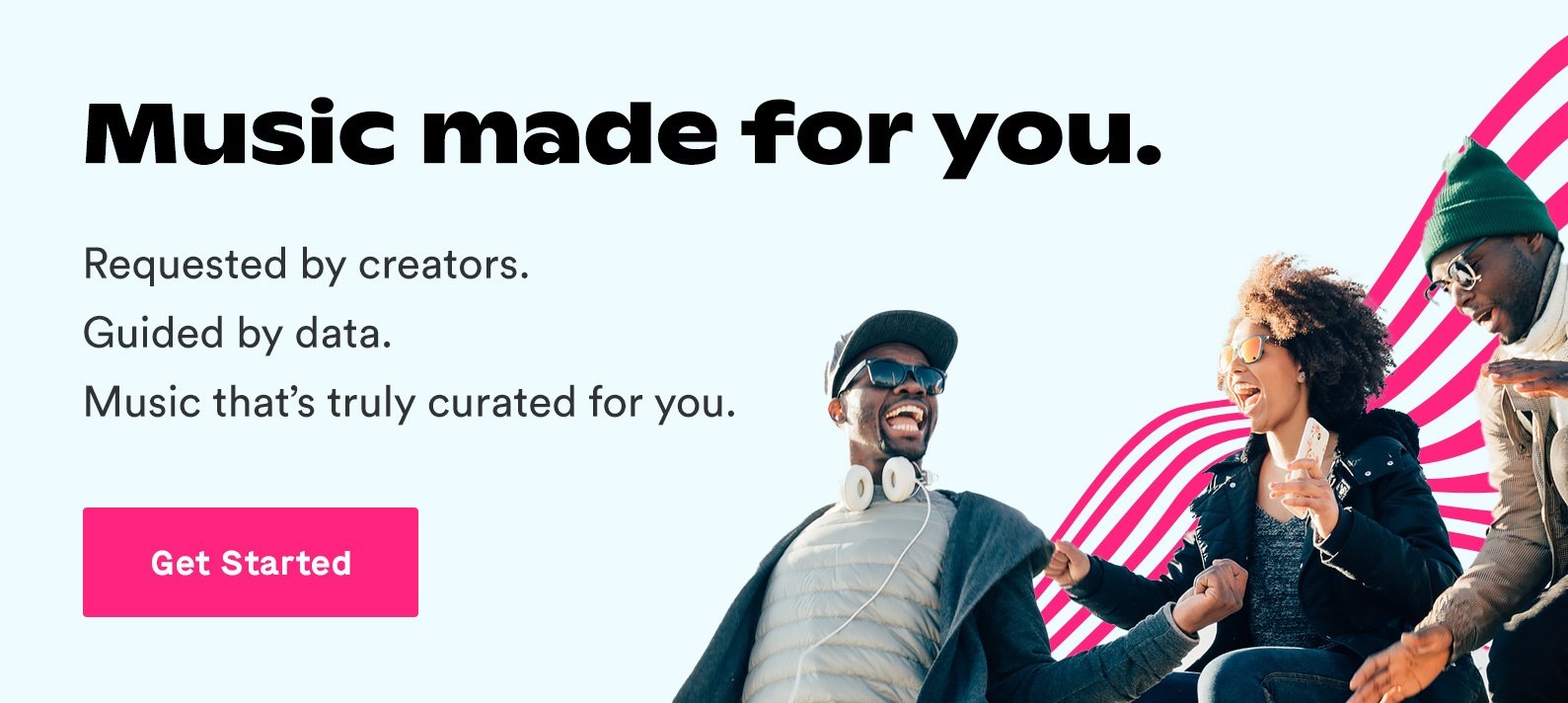
Sep 26, 2019
*Updated January 2022
The podcasting industry is booming. That’s both a gift and a curse.
On one hand, the numbers look really good. Edison Research reports the podcast industry commands an audience of roughly 90 million Americans in 2019. That’s 32% of everyone 12 or older in the U.S.
That number was 57 million in 2018. Obviously, more and more people are listening to podcasts.
On the other hand, big numbers mean lots of competition. The most reliable data says there are around 750,000 different podcasts, with over 30 million episodes.
Faced with those numbers, you may be wondering if it’s even still possible to carve out a space of your own and grow your audience.
I’m here to tell you that yes, it’s still possible. In fact, there are tried and true steps you can take to increase your podcast listeners and turn them into loyal followers.
Here’s a list of the best ones:
4 ways to increase podcast listeners
- Create valuable partnerships
- Get listeners to act
- Market like there’s no tomorrow
- Keep improving your quality
In this guide, I'll break down how you can get more podcast listeners by following these steps.
1. Create valuable partnerships
In the beginning your podcast is an inert object. Your goal is to turn it into a rolling stone.
The fastest way to draw attention to a new venture is to build partnerships. This is true for nearly every type of business.
When Hulu wanted to promote its live sports offering, the company partnered with famous athletes to produce some satirical ads.
When Doordash wanted to expand its footprint, it became the official delivery service of Taco Bell (genius move). Grubhub joined up with McDonalds, which we can all agree is a slightly worse deal.
The point is partnerships help you grow. Collaborating with prominent podcasts lets you tap into a preexisting audience, who you can then convert to your listeners.
How to find successful partnerships
Before you start making moves, prioritize who would make the most valuable collaborators.
Ideally, the person has three things:
- A successful show with a decent size audience
- An audience that shares a common interest with your listeners
- A willingness to accept guests and do guest spots
Now make a list of every podcast in your niche (and those that are about one step outside your niche). Use the three criteria to screen potential partners. Then find the winners on social media and ask them to appear on your show.
You should always pursue opportunities to appear on other podcasts, but it’s usually easier to invite someone on your show than it is to ask to be on someone else’s. Plus, if you do one show together, your guest is more likely to invite you on to their program.
Another option for finding collaborators is to join Anchor’s Facebook group. Every week they invite members of the group to cross promote on the Anchor podcast.
 Anchor’s Facebook group. You should probably go join.
Anchor’s Facebook group. You should probably go join.
One thing you must do is set the expectation that whoever comes on your show shares the episode with their audience. Otherwise, you won’t see much return from your efforts.
This isn’t a magic bullet; not everyone will say yes. But if your pitch is persuasive enough, you’ll find some podcasters who will agree.
Each new guest you bring on will introduce your show to a new audience. Get enough guests, and you should see your listener and subscriber numbers start to climb.
2. Get listeners to act
Getting people to listen to your show isn’t enough. What if they listen once and never return? You can’t build an audience if you keep getting ghosted.
To sustainably grow your audience, you need people to do three things:
- Subscribe to your show
- Rate your show — ideally with five stars
- Review your show
Whenever someone does one of these three things, it provides a boost for your growth.
Subscribing obviously means someone will see your podcast in their feed whenever you post a new episode. Ratings and reviews convince anyone who’s considering your show to give it a try.
Taken together, these three actions play a huge role in how Apple ranks podcast in their New & Noteworthy section. Making an appearance there is a surefire way to grab new listeners if you’re just launching.
 New & Noteworthy, or where you want to be.
New & Noteworthy, or where you want to be.
So how, exactly, do you get people to do these things? You just ask.
In the marketing business, we refer to asking people to do stuff as a “call to action,” because we’re inviting someone to do something that’s beneficial for us.
Of course, you want to keep it classy. I wouldn’t recommend hounding people throughout the episode.
However, asking people at strategic junctions in the show to subscribe, rate, and review your podcast can work. If people appreciate what you're doing, they’ll more than likely take a minute or two to rate and review you.
3. Market like there’s no tomorrow
Field of Dreams is based on a huge lie: Just because you build something does not mean people — ghost baseball players or otherwise — will show up.
Even if you’re producing some incredible shows, you have to do some marketing. Listeners won’t appear out of thin air. I don’t care what Kevin Costner experienced.
Marketing can mean a lot of things. Here are a few specific areas you should focus on to get your podcast noticed:
Social Media
This might seem obvious, but social media is one of the most accessible ways to market your podcast. That’s why every big podcast you listen to has an active social strategy.
There are a couple of ways to do this right.
Always tag your guests when you share episodes.
This puts your podcast into their Twitter or Instagram feed, which places you front and center for your guest’s audience.
Make use of hashtags.
Yeah, yeah, this is an obvious one, but it bears mentioning. Every hashtag you use introduces your podcast into another stream, each of which could reach thousands of new people. (By tagging guests and strategically using hashtags, your podcast has a better chance of going viral.)
Create audiograms
Video and images drive a lot of engagement on social media — more so than text-only posts. Why does that matter to you, a person working in an audio medium?
Because of audiograms, that’s why.
Audiograms are social posts that include an image or video, a captain, and a short audio clip from your podcast. It’s true: you too can enjoy the improved social engagement previously reserved for visual creators.
Here’s a video about how to do it using Headliner:
Syndication
There’s a lot of different podcasting platforms out there, and it’s in your best interest to be on as many as possible.
It’s simple, really: the more places you upload your show, the more potential listeners you’ll reach. Here’s a short list of places to upload:
Blogging and SEO
If you really want to turn your marketing up to a proverbial 11, you should start a blog and post transcripts of each episode of your show.
I know transcriptions can be painful, but creating a blog helps your podcast get found in Google, which has waaay more search traffic than any podcast platform.
Here’s how it works: unless you’re podcasting about something incredibly obscure, people are searching Google for the stuff you’re podcasting about.
When you create a blog and post a transcription — or at the very least show notes — Google finds the keywords from your blog and might rank your posts for said keywords.
Boom. Now you have interested searchers finding your posts about your podcast. Since they were searching for that exact subject matter chances are pretty good they’ll give your show a listen.
 An actual photo of Google searchers finding your podcast blog posts.
An actual photo of Google searchers finding your podcast blog posts.
4. Keep improving your quality
This recommendation is the most difficult but also the most important.
Quality could mean a lot of things. It could be the caliber of guest you have on the show, or it could be your skills as an interview. It might even be microphone you use or the background music in your show.
(By the way, did I mention Soundstripe has incredible music for podcast intros, outros and sound effects?)
The best way to find out what you need to improve is to just ask your audience. They’ll tell you. If you don’t have an audience, bribe your friends into listening to your show and get their feedback.
However quality is defined for you, keep working towards improvement. The previous tactics I’ve mentioned will help increase your podcast listeners, but they will be astronomically more effective if you have an outstanding show.
For more resources on tips to improve your podcast, check out:
